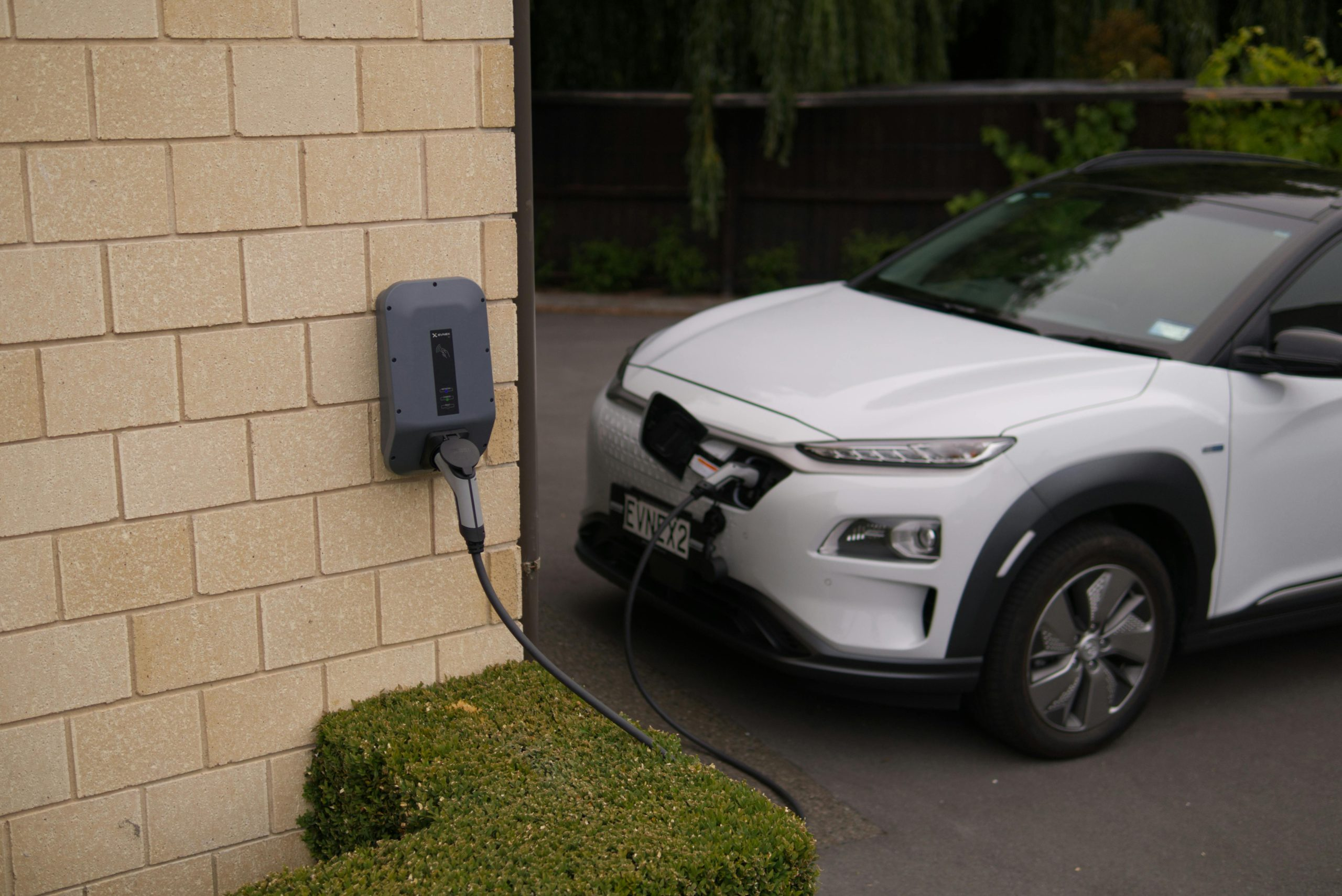EV Charging Infrastructure: What’s Changed in 2025
In recent years, electric vehicles (EVs) have gained significant traction as a sustainable transportation option. With the rise in demand for EVs, there has been a significant increase in the need for accessible and efficient EV charging infrastructure. As we approach 2025, the landscape of EV charging infrastructure is expected to undergo significant changes to meet the growing demand for these vehicles. From new technologies to government initiatives, let’s take a closer look at what’s changed and what to expect in the world of EV charging infrastructure in 2025.
Increased Accessibility
The increasing demand for EVs has highlighted the need for easily accessible charging infrastructure. One of the major changes in 2025 will be the expansion of EV charging stations in both public and private spaces. With the help of government incentives and collaborations with various businesses, we can expect to see a significant increase in the number of EV charging stations in urban areas, shopping centers, parking lots, and even residential buildings. This will make it easier for EV owners to charge their vehicles while running errands or during their daily commute.
Advanced Charging Technologies
As the EV market grows, we can also expect to see advancements in charging technologies. One of the most notable changes will be the shift towards fast-charging options. Currently, most EVs take several hours to fully charge, but with the evolution of fast-charging technology, this time is expected to be reduced significantly. This will make EVs a more convenient option for long-distance travel, as charging stops will no longer be lengthy and time-consuming.
Integration with Renewable Energy
Another significant change in 2025 will be the integration of EV charging infrastructure with renewable energy sources. This will not only help reduce carbon emissions but also make charging more affordable. With renewable energy becoming more accessible and cost-effective, EV owners can expect to have access to greener charging options in the near future. This integration will also make EVs a truly sustainable transportation option, minimizing the overall environmental impact.
The Rise of Wireless Charging
One of the most exciting changes in EV charging infrastructure is the development of wireless charging technology. This technology uses an electromagnetic field to transfer energy from the charging pad to the vehicle’s battery, eliminating the need for cords and plugs. This is not only a convenient option for EV owners but also helps reduce the wear and tear on charging ports and cables. In 2025, we can expect to see more infrastructure being developed to support wireless charging, making it a popular choice among EV owners.
The Role of Government Initiatives
To accelerate the adoption of EVs, governments around the world are introducing various initiatives and regulations. In 2025, we can expect to see these initiatives being further developed and implemented. For instance, some countries have already announced plans to ban the sale of new gasoline and diesel-powered cars in the next few years and promote the use of EVs. This will ultimately lead to an increase in the demand for EV charging infrastructure in these regions.
Smoother and Seamless Payment Processes
As EV charging infrastructure continues to evolve, so will the payment process for charging services. In 2025, we can expect to see more simplified and seamless payment options, such as mobile apps or RFID cards. This will eliminate the need for multiple payment methods and cards, making it easier for EV owners to charge their vehicles at different stations without any hassle.
In Conclusion
The future of EV charging infrastructure looks promising, with developments and changes expected to make it more accessible, affordable, and sustainable. The advancements in technology, integration with renewable energy, and government initiatives will continue to play a significant role in making EVs an attractive option for transportation. As we approach 2025, we can look forward to a smoother, more convenient, and environmentally-friendly experience when it comes to EV charging infrastructure.











